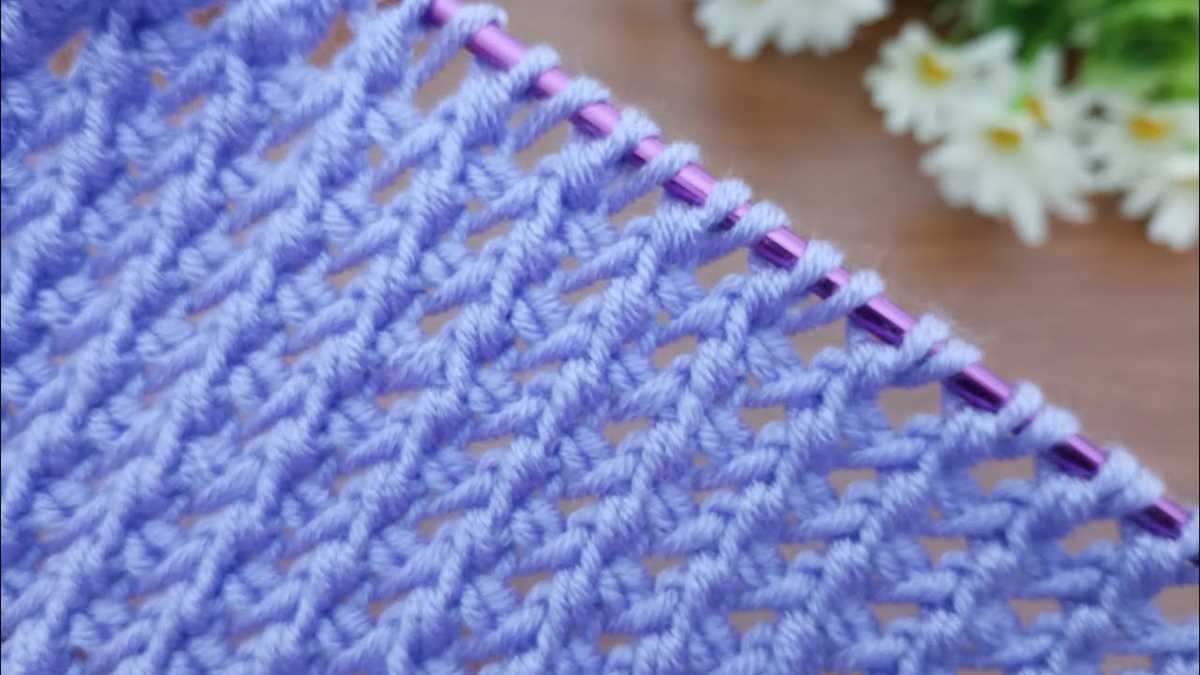
Knitting is not just a hobby, it’s an art form. And one of the most beautiful and intricate knitting techniques is the Shaker knitting pattern. This technique originated from the Shaker communities in the United States during the 19th century. The Shakers were known for their simplicity and functionalism, and this is reflected in their knitting patterns as well.
The Shaker knitting patterns are characterized by their geometric designs and intricate textures. They often feature repeating patterns of squares, diamonds, and other geometric shapes. The patterns are created by alternating knit and purl stitches, resulting in a beautiful and textured fabric.
What makes the Shaker knitting patterns truly unique is their simplicity and versatility. They can be used to create a wide variety of garments and accessories, such as sweaters, scarves, hats, and blankets. Whether you prefer a classic and timeless look or a more modern and contemporary design, there is a Shaker knitting pattern to suit your style.
What are shaker knitting patterns
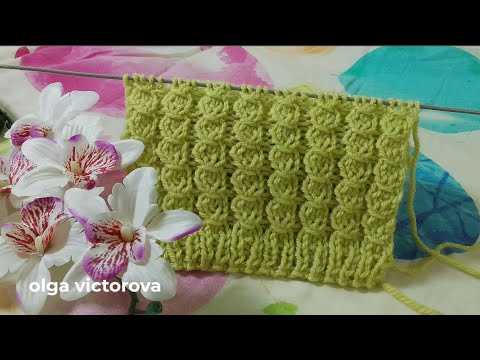
Shaker knitting patterns are a type of traditional knitting technique that were popularized by the Shaker communities in America during the 18th and 19th centuries. The Shakers were known for their simple and functional approach to design, and their knitting patterns reflected this aesthetic.
Shaker knitting patterns typically feature geometric motifs and textures, such as stripes, chevrons, and seed stitch. They often incorporate basic stitches, making them accessible to knitters of all skill levels. The designs are characterized by their clean lines and symmetry, resulting in visually pleasing and timeless garments.
Shaker knitting patterns can be used to create a variety of items, including sweaters, scarves, hats, and blankets. The designs are versatile and can be adapted to different yarn weights and color combinations, allowing knitters to customize their projects to their own tastes.
One of the defining features of shaker knitting patterns is their emphasis on practicality. Shaker communities relied on their knitting skills to create warm and durable garments that could withstand the rigors of daily life. As a result, these patterns often prioritize functionality over elaborate embellishments.
If you’re interested in trying your hand at shaker knitting patterns, there are many resources available online and in knitting pattern books. Whether you’re a beginner or an experienced knitter, shaker patterns offer an opportunity to explore a traditional technique and create beautiful, timeless pieces.
History of Shaker Knitting Patterns
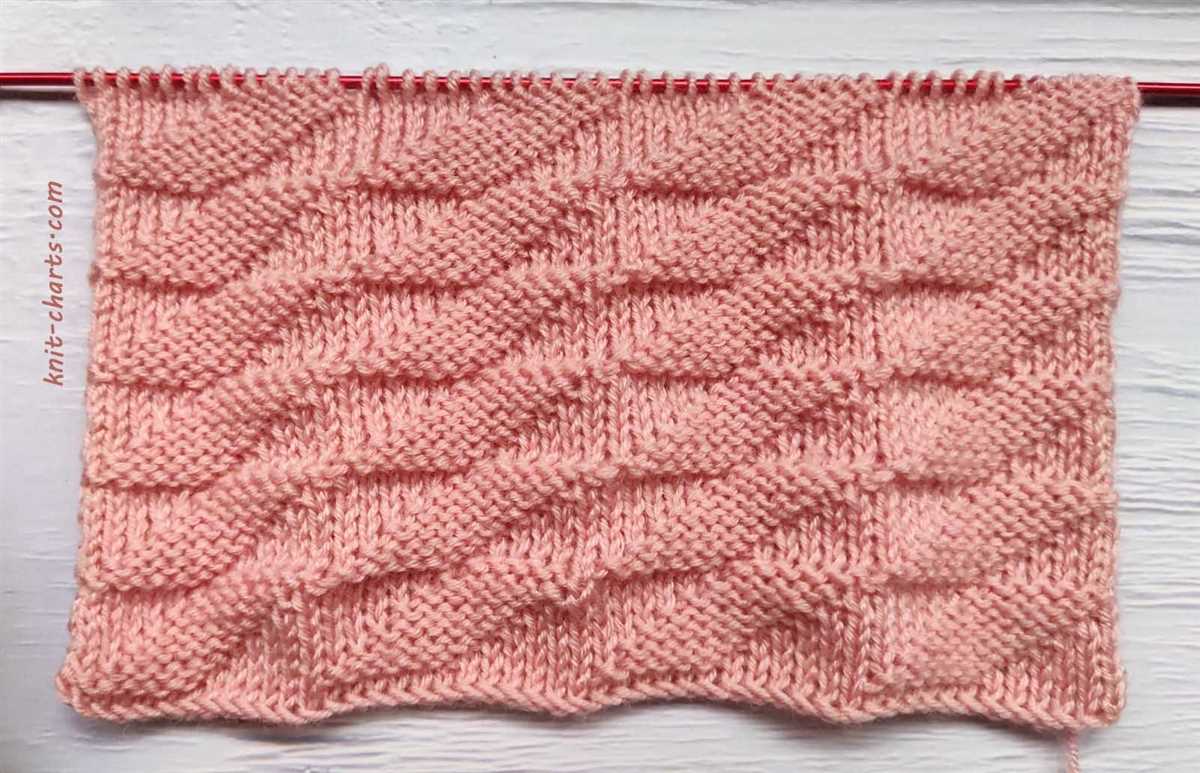
Shaker knitting patterns have a rich history that dates back to the early 19th century. The Shakers, also known as the United Society of Believers in Christ’s Second Appearing, were a religious sect that believed in communal living and simple, utilitarian design. This belief system influenced their knitting patterns, which were known for their simplicity and functionality.
The Shakers believed in creating useful, well-made objects that were both aesthetically pleasing and practical. This philosophy extended to their knitting patterns, which were characterized by clean lines, geometric shapes, and minimalist design. The patterns often featured basic stitches, such as garter stitch and stockinette stitch, and avoided complex motifs or intricate lacework.
Shaker knitting patterns were popularized by the Shaker communities in the northeastern United States, particularly in New York and New England. The patterns were primarily used to create clothing and household items, such as socks, mittens, blankets, and shawls. The simplicity and durability of the patterns made them ideal for everyday use.
Shaker knitting patterns became sought-after not only for their functionality, but also for their aesthetic appeal. The clean lines and geometric shapes of the patterns appealed to a wide range of individuals, including those outside of the Shaker community. As a result, Shaker knitting patterns began to be shared and adopted by a broader audience.
Today, Shaker knitting patterns continue to be admired and utilized by knitters around the world. Their timeless design and practicality make them a popular choice for those seeking to create classic, functional garments and accessories. Whether knitting a cozy sweater or a warm pair of socks, Shaker knitting patterns offer a connection to a rich history of craftsmanship and simplicity.
Traditional Shaker Knitting Patterns
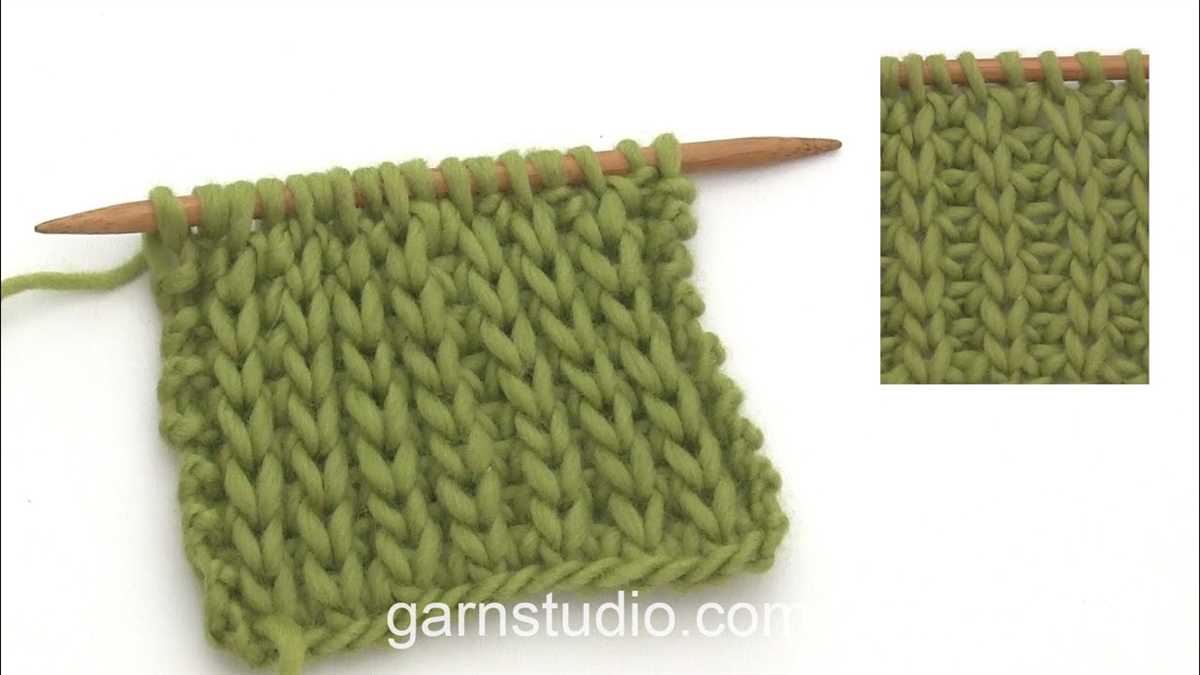
The Shakers were known for their simplicity, craftsmanship, and attention to detail, and their knitting patterns reflect these qualities. Traditional Shaker knitting patterns typically feature geometric designs, intricate stitches, and fine materials. These patterns were often used to create functional items such as blankets, shawls, and socks, as well as decorative pieces like table runners and wall hangings.
Geometric Designs: Shaker knitting patterns often incorporate geometric shapes, such as diamonds, squares, and stripes. These designs create a sense of order and symmetry, reflecting the Shakers’ commitment to simplicity and balance. The geometric patterns can be achieved through different combinations of knit and purl stitches, as well as colorwork techniques like Fair Isle and stranded knitting.
Intricate Stitches: Shaker knitting patterns are known for their intricate stitches, which showcase the skill and craftsmanship of the knitter. Cable stitches, lace patterns, and textured stitches are commonly used in Shaker knitting. These stitches add depth and dimension to the finished piece, creating a visually appealing and textural effect.
Fine Materials: The Shakers valued quality and durability, and their knitting patterns often call for fine materials such as wool, silk, and cotton. These natural fibers provide warmth, breathability, and longevity to the knitted item. The Shakers also favored natural dyeing techniques, using plant-based dyes to create a range of colors for their knitting projects.
Functional and Decorative Knits: Shaker knitting patterns were not only practical but also served an aesthetic purpose. Blankets and shawls provided warmth and comfort, while table runners and wall hangings added beauty to the Shakers’ minimalist interiors. These knitted items were often given as gifts, showcasing the skill and creativity of the Shaker community.
Preserving the Tradition: Today, many knitting enthusiasts continue to create and appreciate traditional Shaker knitting patterns. These patterns offer a link to the past and allow knitters to connect with the history and heritage of the Shaker community. By preserving and practicing these patterns, we can honor the craftsmanship and artistic legacy of the Shakers.
How to knit a shaker stitch
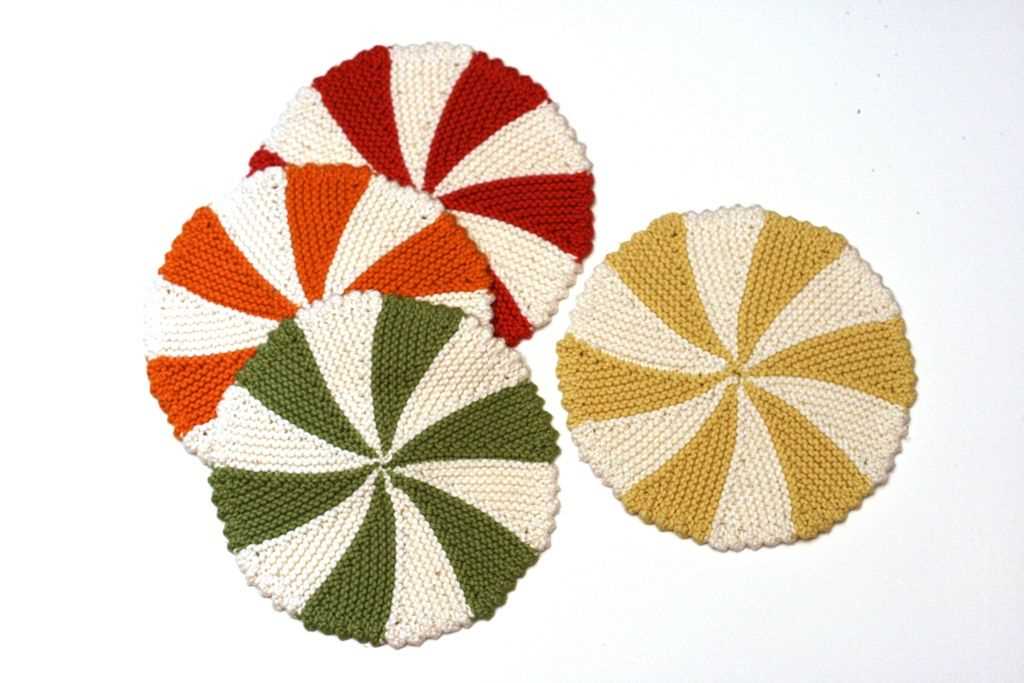
The shaker stitch is a classic knitting pattern that creates a textured fabric with a subtle ribbed effect. It is easy to knit and perfect for beginner knitters who want to add some texture to their projects. In this guide, we will walk you through the steps to knit a shaker stitch.
Materials:
- Yarn of your choice
- Knitting needles appropriate for your yarn
- Scissors
- Yarn needle
Step 1: Cast on an even number of stitches
To begin, you will need to cast on an even number of stitches onto your knitting needles. The number of stitches will depend on the width of your desired project.
Step 2: Knit the first row
Once you have cast on your stitches, you will start knitting the shaker stitch pattern. The first row is simple – you will knit every stitch across.
Step 3: Repeat the shaker stitch pattern
For the shaker stitch pattern, you will alternate between two rows:
- Row 1: *Knit 1, purl 1.* Repeat from * to * until the end of the row.
- Row 2: Knit every stitch across.
Step 4: Continue knitting in the shaker stitch pattern
Continue knitting in the shaker stitch pattern, repeating rows 1 and 2, until your project reaches the desired length.
Step 5: Bind off
Once you have reached the desired length, it’s time to bind off your stitches. Follow your preferred bind-off method to secure the stitches and create a finished edge.
And that’s it! You have successfully knitted a shaker stitch. Now you can incorporate this classic knitting pattern into your projects to add texture and visual interest.
Tips for knitting shaker patterns
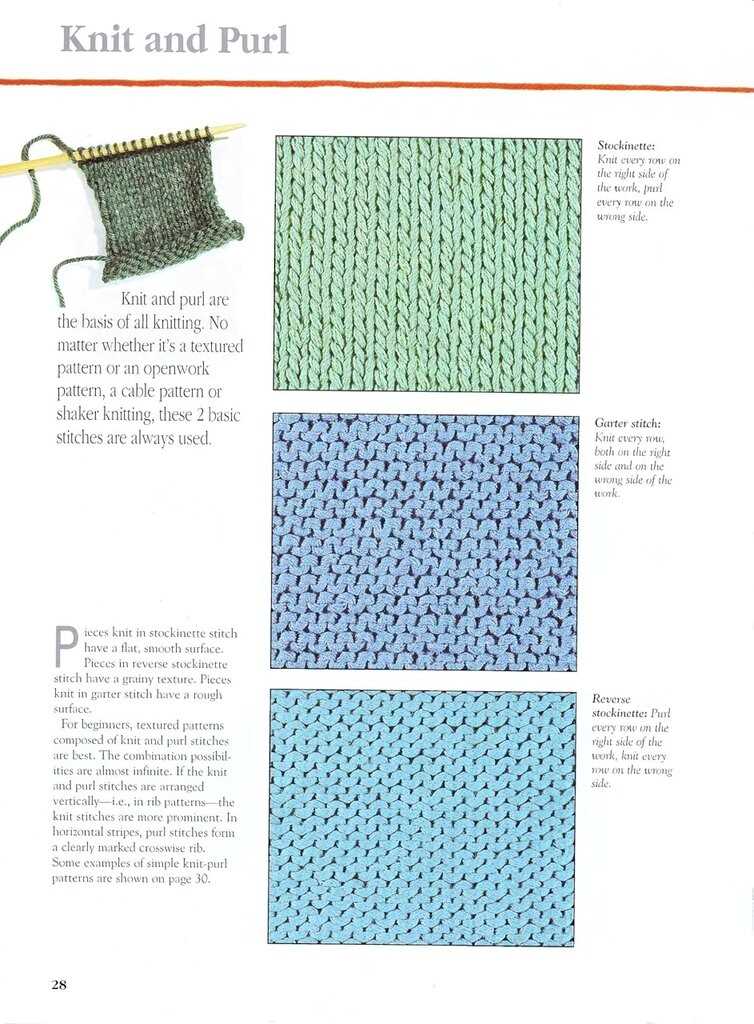
Knitting shaker patterns can be a fun and rewarding experience for any knitter. Whether you’re a beginner or an experienced knitter, the following tips will help you create beautiful shaker patterns:
1. Choose the right yarn:
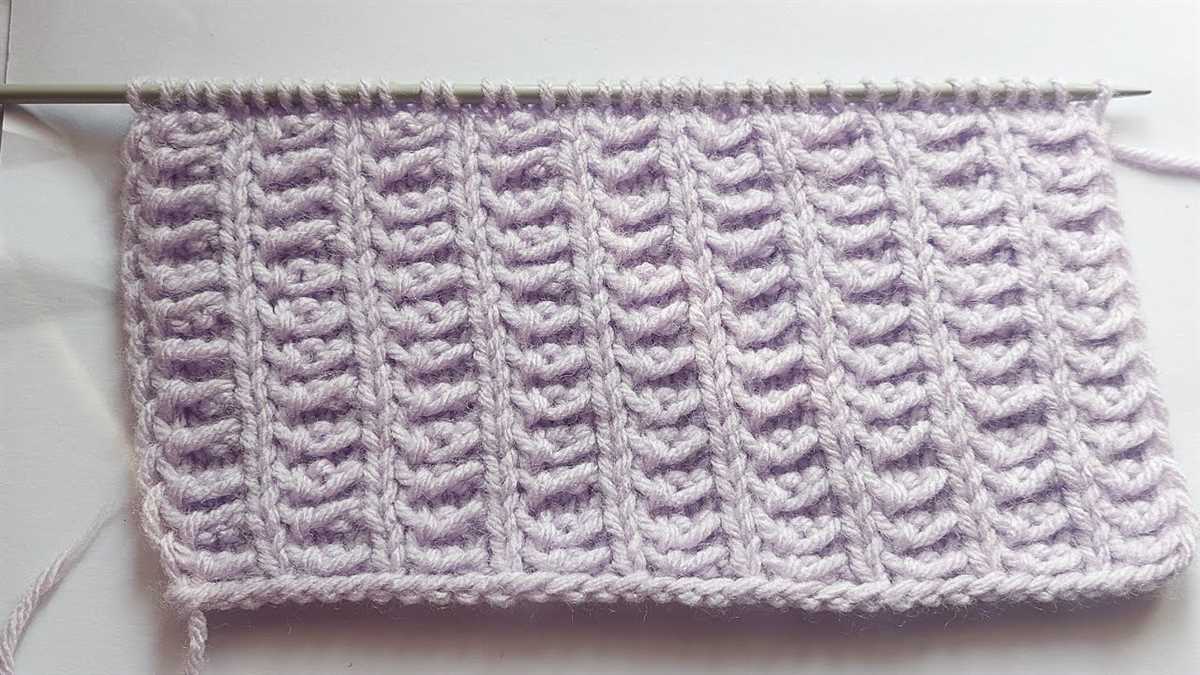
When knitting shaker patterns, it’s important to choose a yarn that will showcase the texture and pattern of your stitches. Opt for a worsted weight or chunky yarn with good stitch definition. Consider using a natural fiber such as wool or cotton, as they tend to create the classic look associated with shaker patterns.
2. Use contrasting colors:
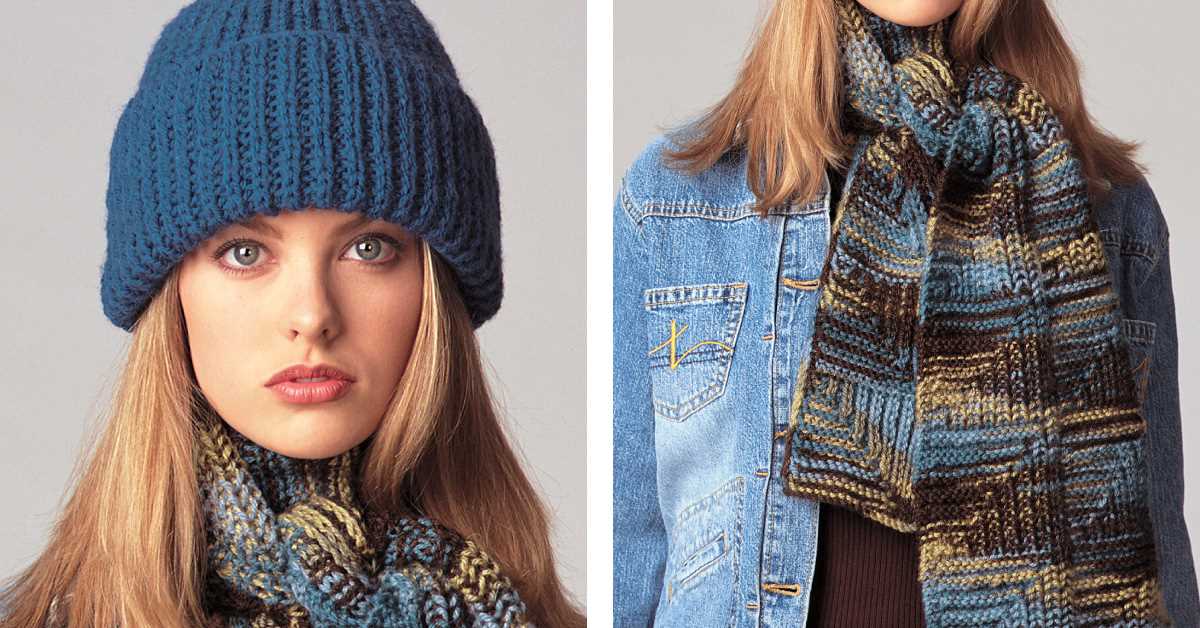
One of the distinctive features of shaker patterns is the use of color. To make your stitches stand out, choose two or more contrasting colors. This will help highlight the texture and pattern of your knitting. Experiment with different color combinations to create unique shaker patterns.
3. Pay attention to gauge:
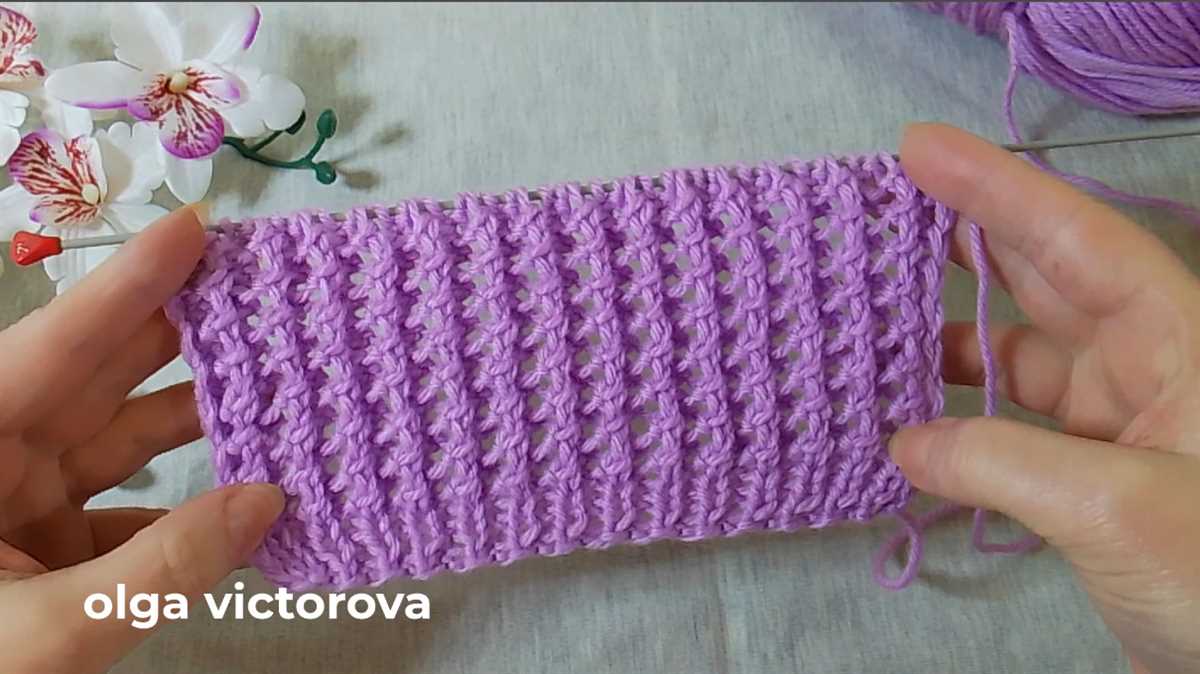
As with any knitting project, it’s important to pay attention to gauge when knitting shaker patterns. Make sure to check your gauge before starting your project to ensure the finished piece will have the desired measurements. You may need to adjust your needle size or tension to achieve the correct gauge.
4. Practice your stitches:
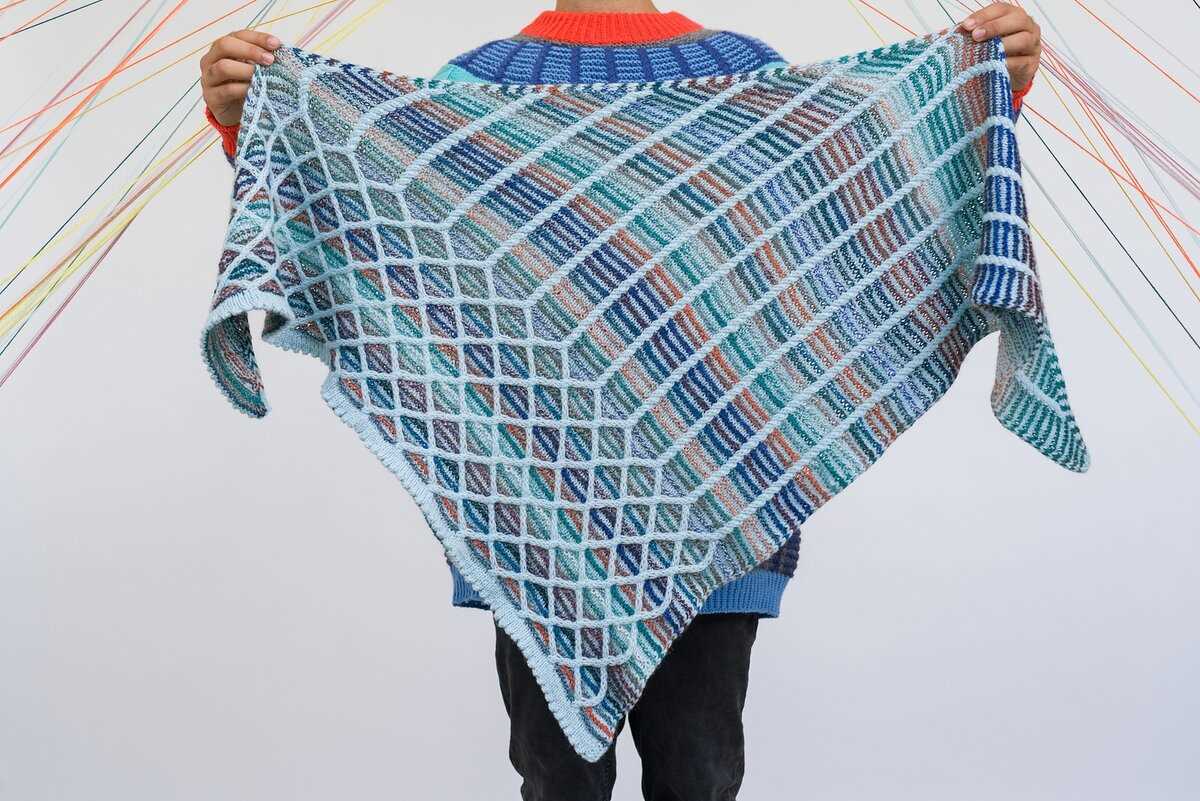
Shaker patterns often involve various textured stitches such as garter stitch, seed stitch, or ribbing. Practice these stitches before starting your project to become comfortable with the pattern and ensure even tension. This will help you create a more professional-looking finished piece.
5. Read and follow the pattern carefully:

When knitting shaker patterns, it’s essential to carefully read and follow the pattern instructions. Shaker patterns can be quite intricate, so make sure you understand each step before proceeding. Take your time and consult any abbreviations or special stitches used in the pattern.
6. Block your finished piece:

Blocking is an important step in knitting shaker patterns. Once you have completed your project, wet blocking or steam blocking can help even out your stitches and give your finished piece a polished look. Follow the blocking instructions provided in your pattern or consult a blocking tutorial for guidance.
- Choose the right yarn
- Use contrasting colors
- Pay attention to gauge
- Practice your stitches
- Read and follow the pattern carefully
- Block your finished piece
Popular Shaker Knitting Patterns
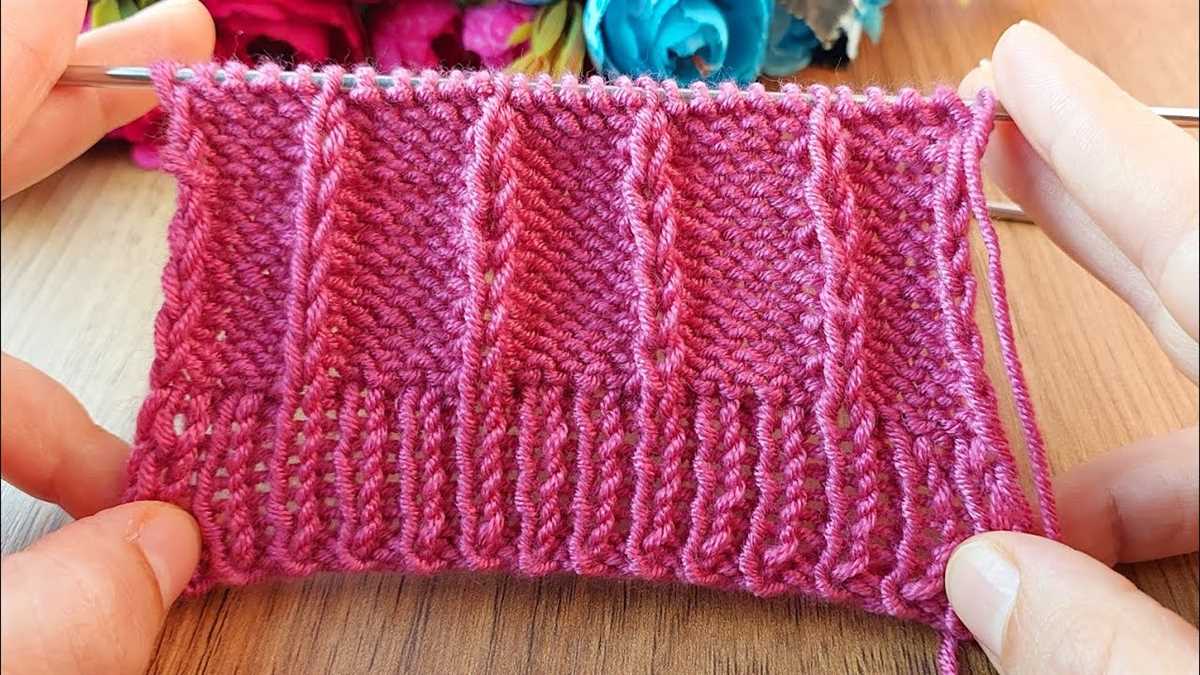
Shaker knitting patterns have gained popularity among knitting enthusiasts for their timeless designs and ease of knitting. These patterns are inspired by the Shakers, a religious community known for their simple and functional handicrafts. Shaker knitting patterns incorporate clean lines, geometric shapes, and minimalistic designs, making them a favorite choice for those who appreciate understated elegance.
One popular Shaker knitting pattern is the “Shaker Rib.” This pattern features a simple rib stitch that creates a textured fabric with alternating columns of knit and purl stitches. The Shaker Rib pattern is often used for scarves, hats, and sweaters, as it provides both warmth and stretch. Knitters can easily customize the width of the ribbing to achieve the desired look.
Another well-known Shaker knitting pattern is the “Shaker Seed Stitch.” This pattern creates a fabric with a distinctive pebbled texture, achieved by alternating knit and purl stitches within the same row. The Shaker Seed Stitch is commonly used for blankets, dishcloths, and baby garments, as it produces a dense and durable fabric. This pattern is ideal for beginner knitters, as it involves only basic knitting techniques.
The “Shaker Cable” pattern is another popular choice among knitting enthusiasts. This pattern creates intricate cables that resemble the intricate wooden joinery found in Shaker furniture. The Shaker Cable pattern can be used to add visual interest and texture to various knitting projects, such as cardigans, mittens, and socks. It requires intermediate knitting skills and a cable needle to manipulate the stitches.
In addition to these patterns, there are numerous other Shaker-inspired knitting patterns available, including lace patterns, colorwork designs, and textured stitch patterns. Whether you’re a beginner or an experienced knitter, there is a Shaker knitting pattern that suits your skill level and aesthetic preferences. So grab your needles, pick your favorite Shaker pattern, and start creating beautiful and functional knitted items.
Variations of Shaker Knitting Patterns
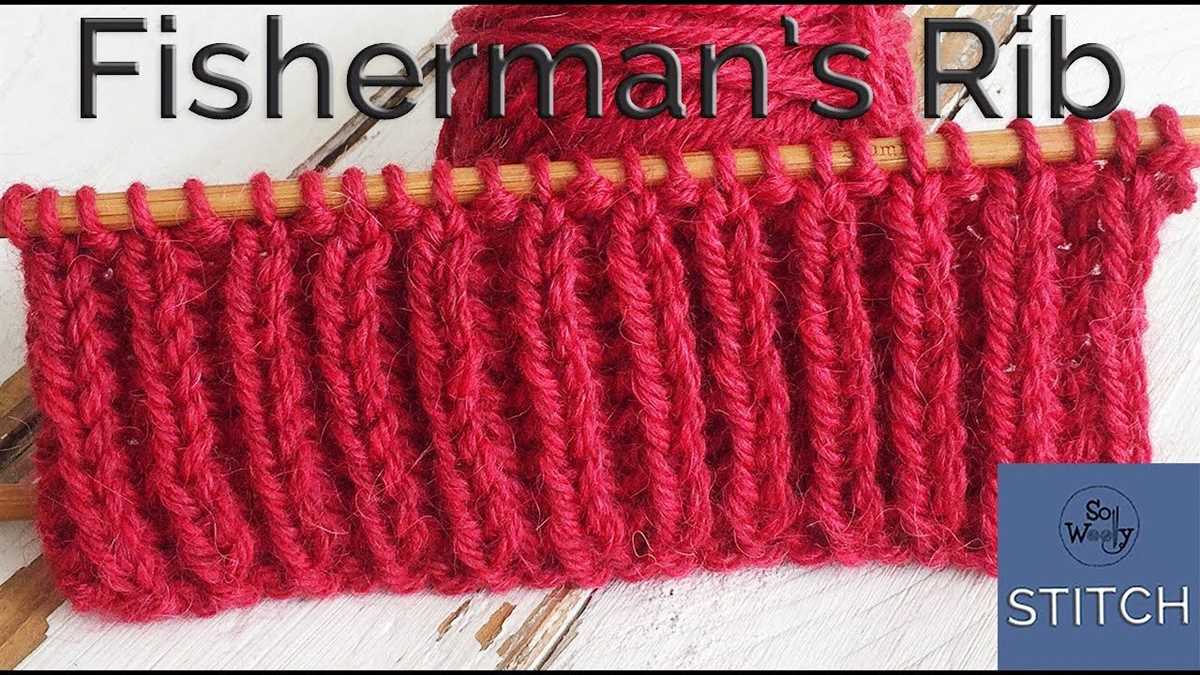
The beauty of shaker knitting patterns lies in their simplicity and versatility. While the basic patterns have stood the test of time, many variations have emerged over the years. These variations allow knitters to add their own unique touch to their projects and create stunning designs.
Here are some common variations of shaker knitting patterns:
- Colorwork: Instead of using a single color, knitters can incorporate multiple colors to create intricate designs. This can be done using intarsia, fair isle, or stranded knitting techniques.
- Lace: Adding lace elements to shaker knitting patterns can create a delicate and feminine look. This can be accomplished by incorporating lace stitch patterns into the design.
- Cables: Integrating cables into shaker knitting patterns adds texture and visual interest. Cables can be used as the main design element or as accents.
- Stripes: Stripes are a simple way to add visual appeal to shaker knitting patterns. They can be created by alternating between two or more colors or by using different stitch patterns.
- Texture: Experimenting with different stitch patterns can add texture to shaker knitting patterns. This can be achieved by using ribbing, seed stitch, or other textured stitches.
These variations provide endless possibilities for creating unique and personalized shaker knitting patterns. Whether you prefer bold colors, delicate lace, or intricate cables, there is a variation that will suit your style and preferences.
Regardless of the variation chosen, the simplicity and timeless beauty of shaker knitting patterns will always shine through. Whether you are a beginner or an experienced knitter, you can create beautiful and functional items using these versatile patterns.